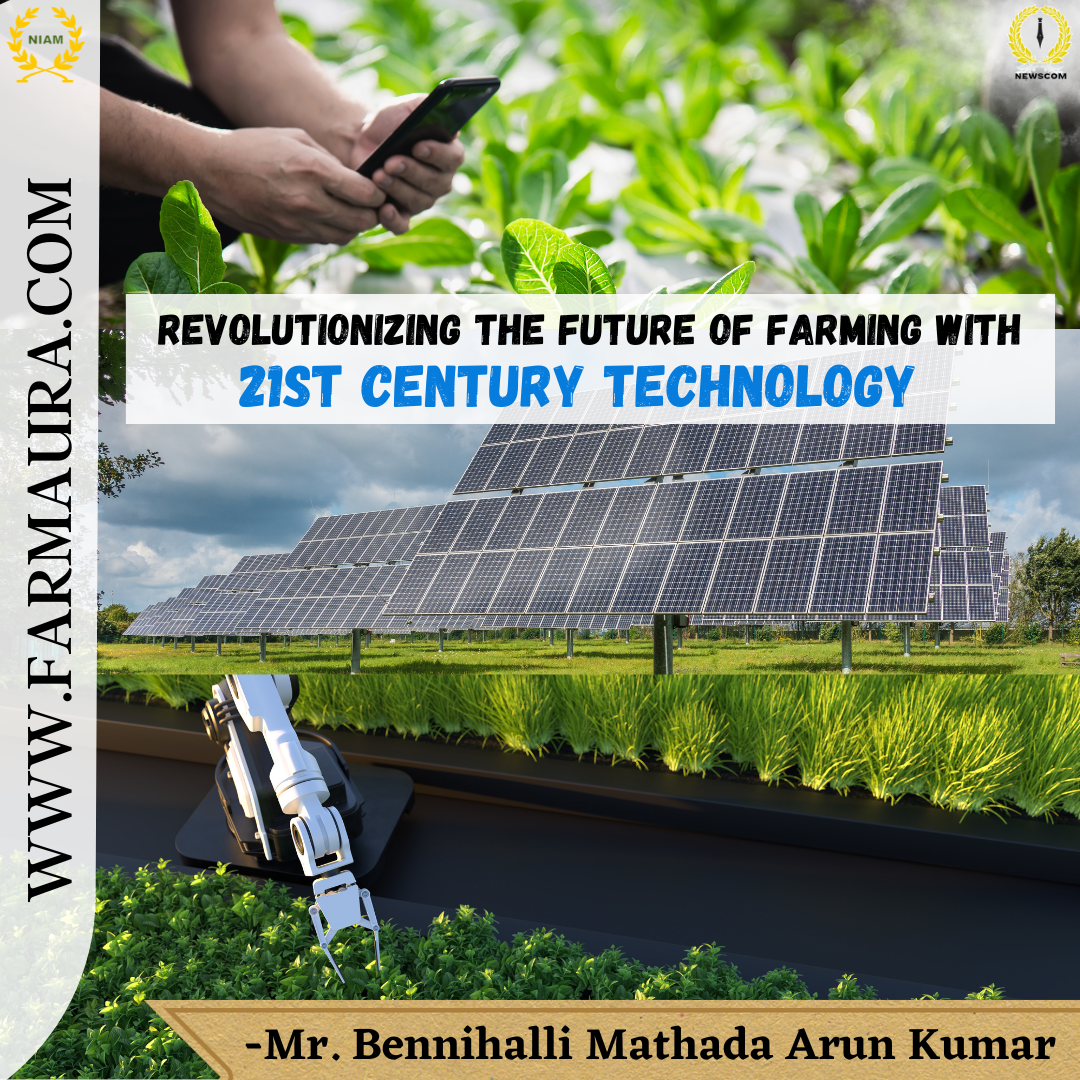The first role of agriculture is to maintain ecosystems, changing them from a cause of deterioration to a factor in ecosystem restoration and health. This is important for several reasons. Crop cultivation now occupies around 40% of the world’s liveable land area. Second, local growth will be heavily reliant on agriculture. The primary directions for agricultural development have been established for more than 50 years in national capitals and the boardrooms of significant food and agribusiness firms. Third, agriculture must play a crucial part in creating sustainable city regions.
Devices have assimilated into our daily life in the realm of high-tech today. Technology advancements have always piqued the curiosity of the agriculture sector. In a physically demanding setting, machinery makes it possible to sew, harvest, and transport goods in ways that a human crew cannot.
Agricultural machinery became the mainstay once the mechanical tractor was introduced in Australia in the late 1800s. Modern tractors currently have certain technological advancements thanks to the many alterations they’ve seen. Adopting automated technologies, such as autonomous tractors, enables farmers to maintain and sustain demand as prices for their food continue to fluctuate and production costs rise.
The supply chain for the agricultural sector cannot be without transportation. Farmers, wholesalers, and the transportation sector are always faced with the challenge of getting produce from the field to the table as fast and affordably as feasible. The cost of transportation is escalating and makes up a sizable amount of the overall cost of primary production. More dependable and effective machinery is therefore necessary. Trucks join the market with greater safety features, improved fuel efficiency, and cutting-edge transmissions as vehicle technology progresses.
Modern farms and agriculture have changed significantly from what they were decades ago, largely because of technological advancements in the form of sensors, devices, machinery, GPS, and information technology. Modern agriculture makes use of economical environmentally friendly cutting-edge precision agricultural techniques.
Farmers are no longer required to equally distribute water, fertilizer, and insecticides across the entire field. Instead, they could employ the very minimum required to focus on a particular location. As a result, lessening the impact on natural ecosystems, decrease contamination of freshwater resources, and increase crop output.
Robotic technology makes it possible to manage and monitor natural resources more effectively. It provides manufacturers better control over the growing, processing, distribution, and storage of plants and animals, which leads to greater productivity and cheaper costs, safer food production and growing conditions, and less use of pesticides, fertilizers, and other chemicals.
Agriculture will continue to alter as indoor farming becomes more prevalent. The impacts of climate change are felt by farmers. Cities are looking into ways to get locally farmed food to reduce greenhouse gas emissions from transportation. Restaurants and food service providers are heeding their consumers’ requests to purchase and receive healthier, less carbon-intensive meals. By accepting this new technology, farmers will need to re-evaluate their business model. And it probably means that farming will look very different from what it has in the past as the 21st century progresses.




